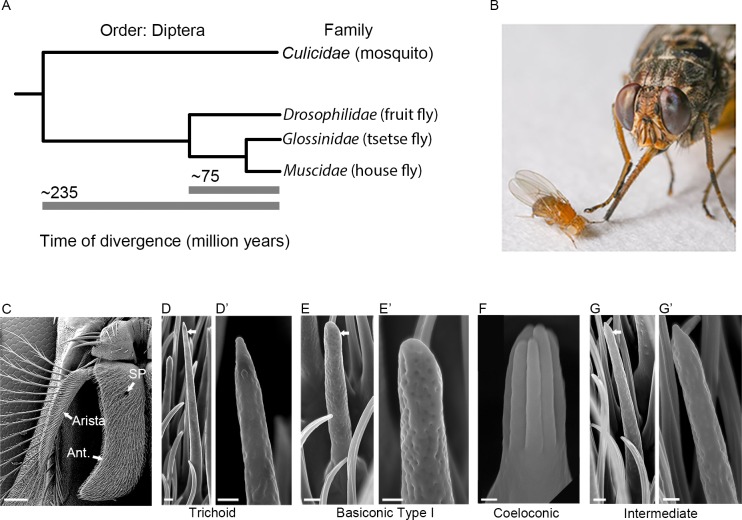Fig 1. The relationship of Glossina morsitans to Drosophila melanogaster and its antennal sensilla.
(A) Phylogenetic tree showing the evolutionary relationship among four families within the order Diptera: Culicidae, Drosophilidae, Glossinidae, and Muscidae. Estimated divergence times are from Wiegmann et al., 2011 [4]. (B) Photograph of D. melanogaster and G. m. morsitans courtesy of Dr. Geoffrey Attardo (adapted from Sun et al. 2018 [27]). (C) Scanning electron micrograph of the antenna of G. morsitans. Arrows indicate the third antennal segment (Ant.), arista, and sensory pit (SP). Micrographs of trichoid (D, D’), basiconic (E, E’), coeloconic (F), and intermediate (G, G’) olfactory sensilla from G. morsitans. Arrows in D, E, and G indicate the sensilla that are shown at higher magnifications in the images to the right. Scale bars = 100 μm for C; 1 μm for D, E, G; 0.5 μm for D’, E’, G’; and 0.25 μm for F.

